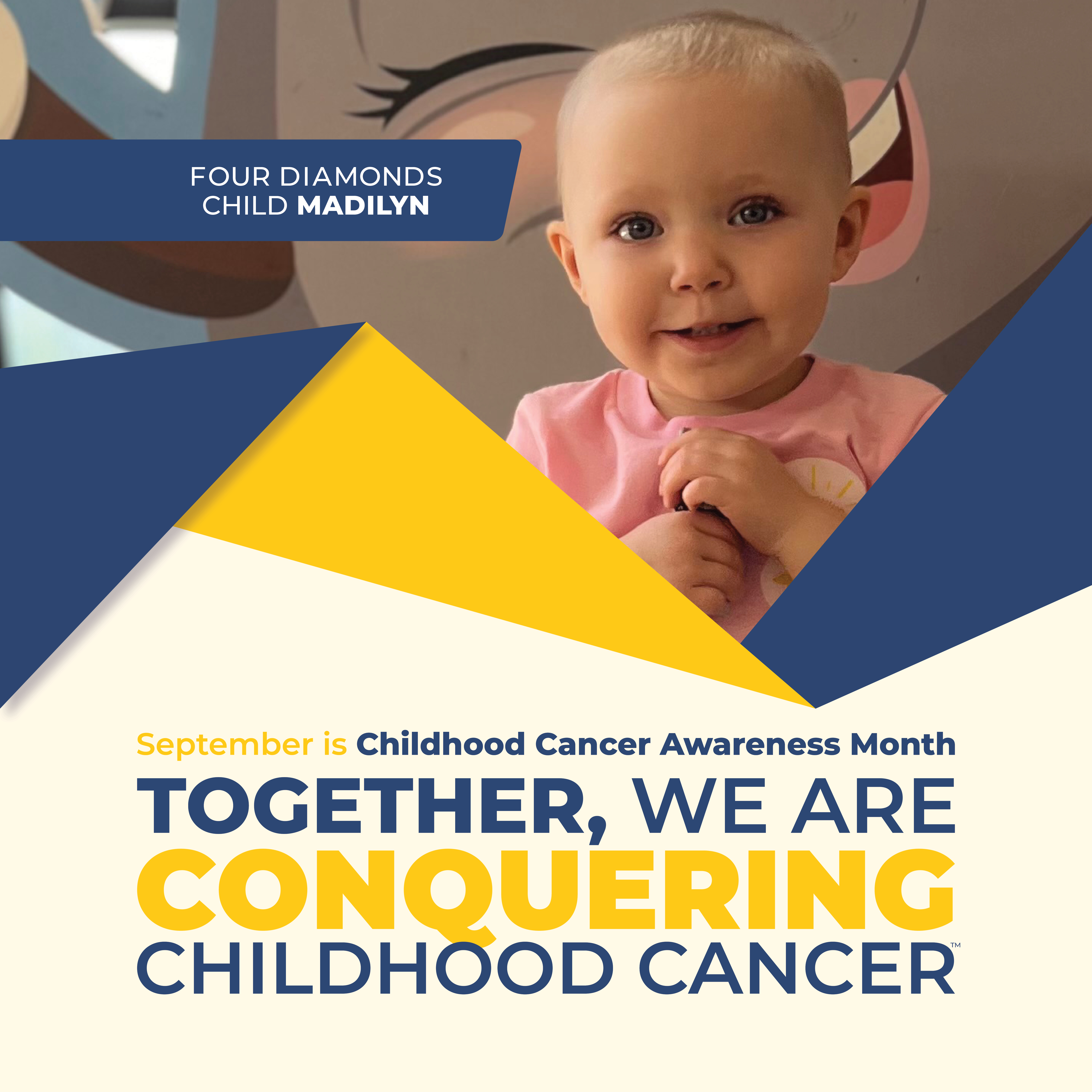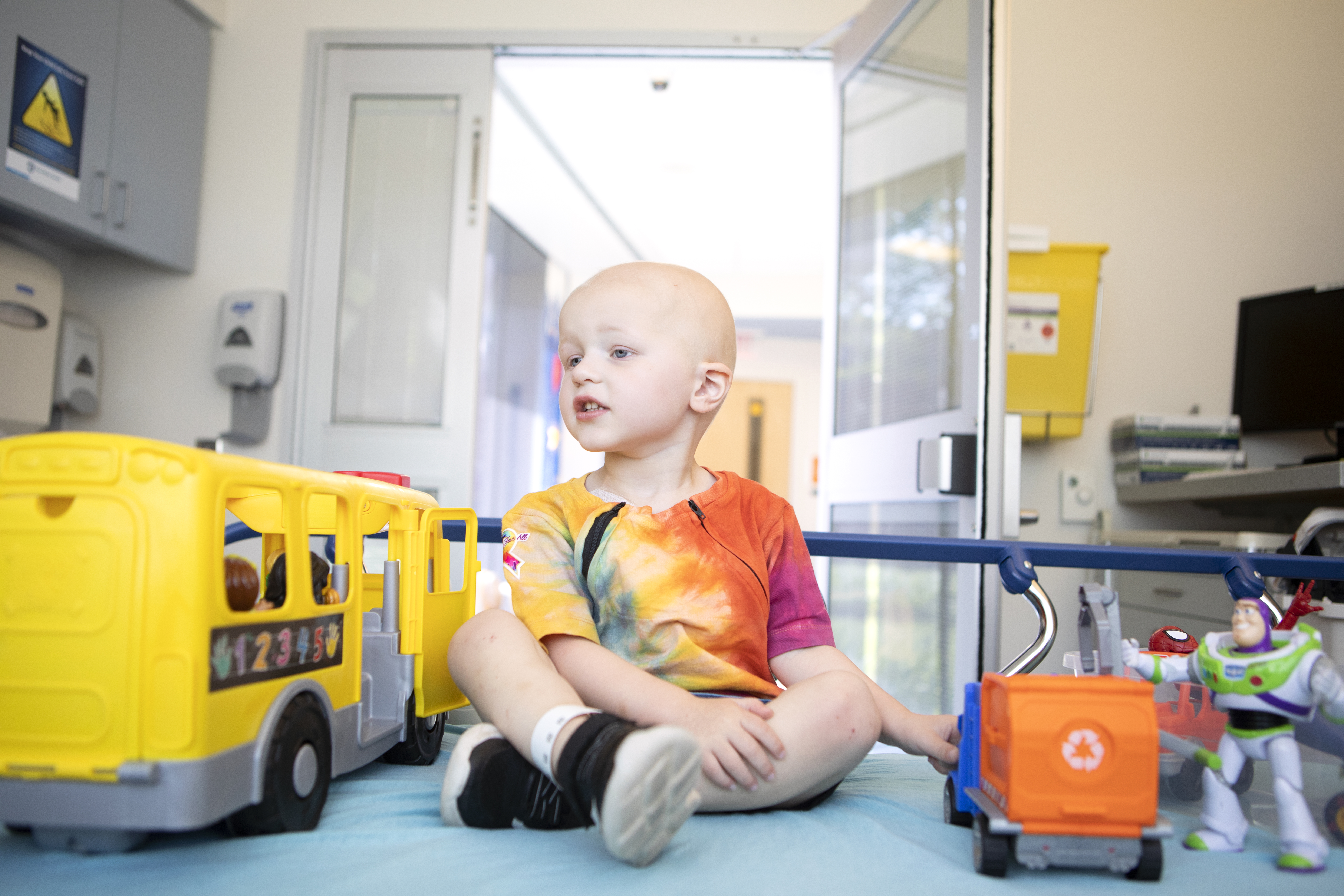

September is Childhood Cancer Awareness Month. During this time, families, caregivers, researchers, and charities around the world come together for pediatric cancer awareness. This month is dedicated to raising awareness about the impact of childhood cancer, supporting affected families, and advocating for research and funding to find better treatments and ultimately a cure.
A key milestone in the recognition of this important month was the Presidential Proclamation issued by President Barack Obama in September 2012. This proclamation officially designated September as National Childhood Cancer Awareness Month in the United States, bringing national attention to the cause and encouraging greater support for research and advocacy efforts.
By uniting during Childhood Cancer Awareness Month, communities worldwide can make a significant impact in the fight against childhood cancer, offering hope and support to those affected and working towards a future where no family has to hear the words that their child has cancer.
Your monthly donation can provide the support and resources needed for Adley and other children like her to receive life-saving treatments and comprehensive care. Together, we can conquer childhood cancer!
Donate Monthly!
Our work depends on you. Make a difference by turning what you love into a fundraiser for Four Diamonds families. The simplest way to get involved is to create a fundraising page and share it with your network. It’s that easy!
I have joined Four Diamonds in the fight to conquer childhood cancer. Learn more at FourDiamonds.org to donate and get involved. #GoGoldFTK
Did you know that in the U.S., more than 15,000 children are diagnosed with cancer each year? That’s one child every 33 minutes. Four Diamonds is working to help all children survive and thrive. Learn more at FourDiamonds.org #GoGoldFTK
Thanks to research, there are more than 500,000 childhood cancer survivors in the U.S. #GoGoldFTK
Research saves lives, and Four Diamonds is leading the discovery of new and improved treatments and cures for kids around the world. #GoGoldFTK
Mini-THONs engage K-12 students in the powerful movement to conquer childhood cancer. Mini-THONs bring the entire school community together and teach students teamwork, leadership and creativity while empowering youth and young adults through philanthropy and community service. Like THON™, Mini-THONs hold year-round fundraising activities that support Four Diamonds and the families we serve by funding world-class medical care and life-saving cancer research.
To start a Mini-THON or participate in your school’s Mini-THON events, learn more and find your local Mini-THON school.
Treatment outcomes for children with cancer have made tremendous improvements over the past 50 years, but the reality is one in five children with cancer will still die of their disease within five years.* Four Diamonds is on a mission to change this reality. Thanks to your support, our researchers are leading the search for innovative cancer treatments and working with national consortiums to help improve survival rates. You can help more children and families fighting cancer by raising awareness and taking action For The Kids®.

Every two minutes, somewhere in the world a family hears the devastating words “your child has cancer.”
Learn more about the Four Diamonds Childhood Cancer Innovation Initiative.

Learn more about Penn State Health Pediatric Cancer Care.